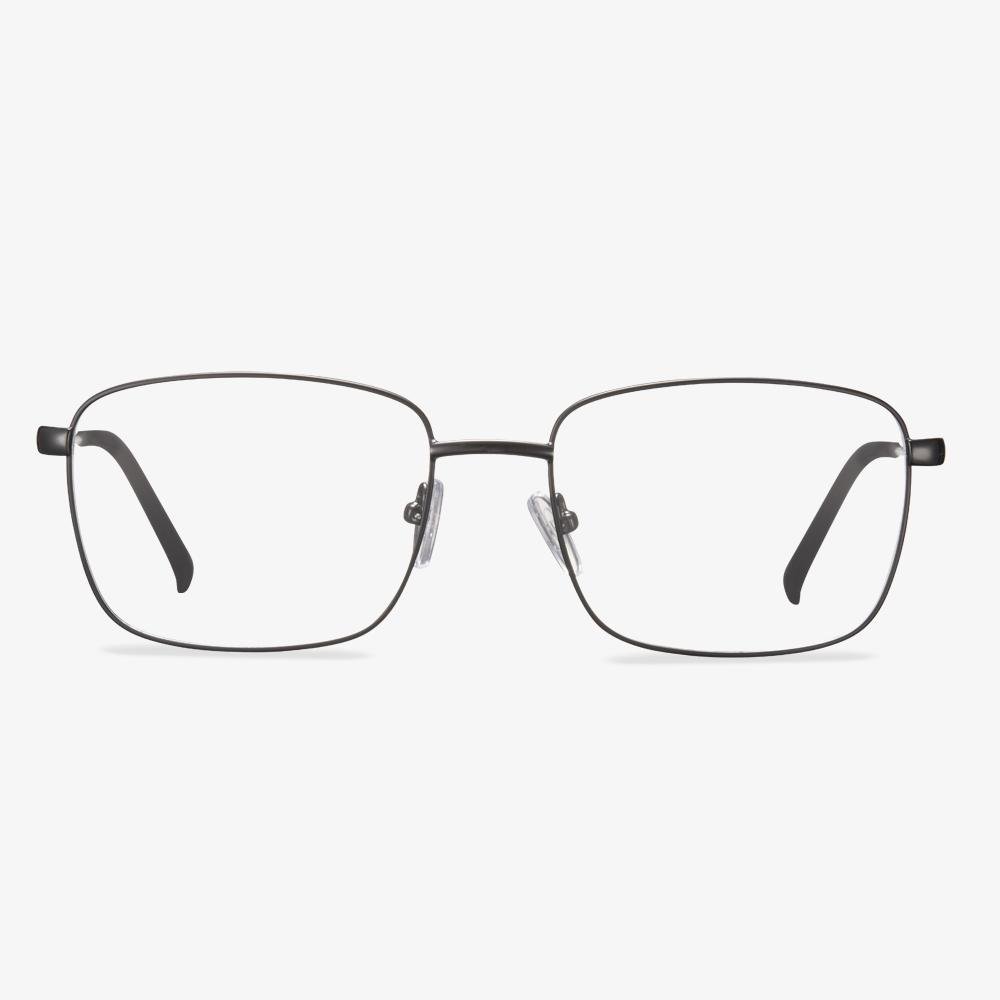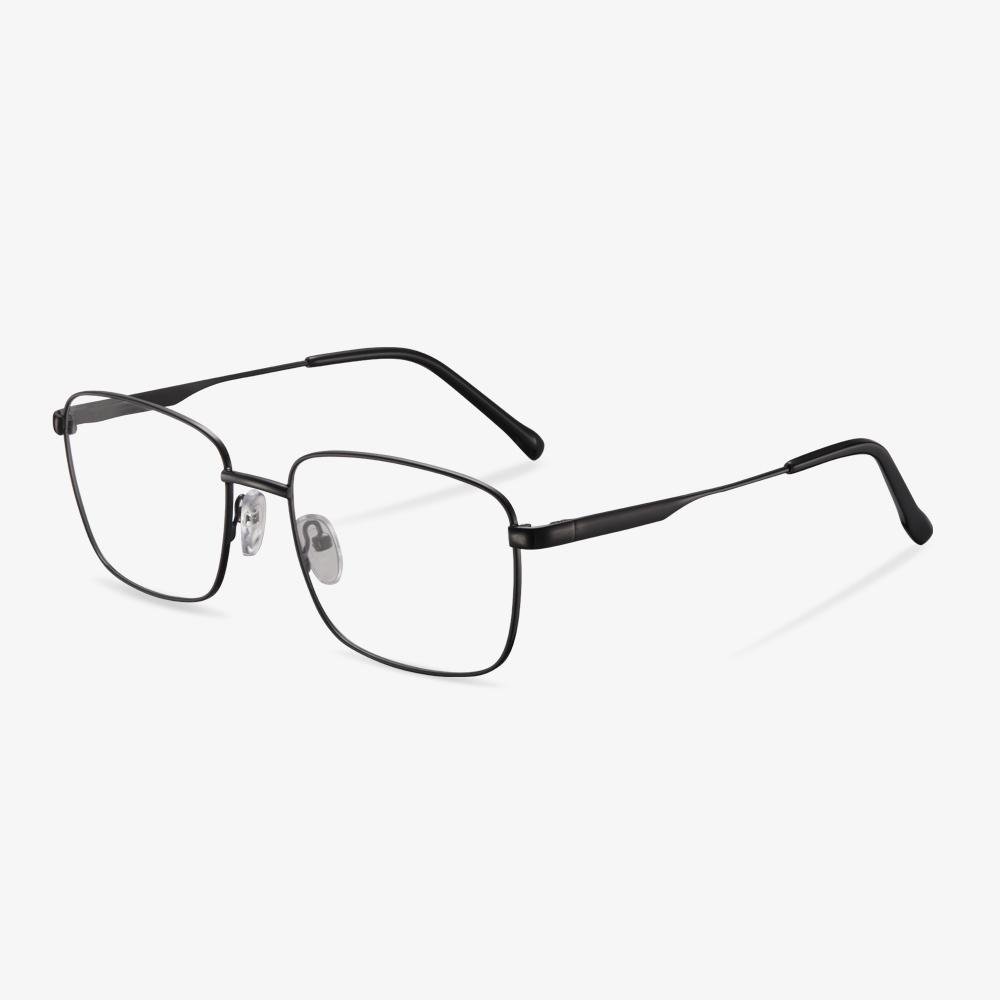Marc Walks pure titanium rimless glasses
The detailed processing lets you experience the perfect quality. They areβ titanium pure titanium ultra-light rimless myopia glasses, the new silica gel temple tips, and rivet design, and they will not deform with many twists and turns. The silicone material is safe and non-toxic. They have a non-screw design, so installation is not loose, and the lens is stable and not shaking. The lens is not in direct contact with metal and is not easy to break. The degree is not limited, so 1500 degrees below can be installed.
What To Do with Old Glasses?
You can also choose to send your old glasses to others. You can ask your friends or ask around your social network to see if someone needs a pair of glasses. Then give them the old glasses.
If your glasses are too broken to be redistributed, do not just throw them out. You can choose to throw your old glasses into the recycle bin and they will be recycled.
If the only reason to give away your old glasses is that they are broken, you can try to repair them. After that, they can be useful.
Wear blue light glasses before bed.
Because blue light can have a huge impact on your sleep cycle, these glasses are pretty important before bed. So, putting on blue light glasses before you go to bed can help increase melatonin, which in turn helps you get a good night's sleep. Sleep glasses display a wider range of blue light, which naturally helps you sleep better and triples melatonin production. They have a slight lens color because they target a wider range of light, but are best for sleeping. In addition to sleep glasses, there are nearly transparent optical glasses that filter out blue light levels to help treat digital eye strain, which is made up of headaches, blurred vision, and eye strain.
Disadvantages of Progressive Lenses
It is limited in applicable range. Progressive multi-focus lenses have no limit in strength and can be worn for myopia, presbyopia, or moderate astigmatism, but they are not suitable for everyone. Now there are more than two categories of asymptotic focus lenses, one is hard and the other is soft. A person who can understand and adapt to the temporary discomfort that progressive multi-focus lenses begin to produce can have a pair of glasses. If you have severe symptoms such as high blood pressure, dizziness, or have a misunderstanding on progressive multiple focal lenses, and you are unwilling to adapt to them, it will be difficult to try.
How to see if the lenses are too high?
- Look at an object in a distance 65 feet away or more.
- If you can’t see it clear, keep your eyes on the object and lower your chin. Check whether you can see clearly while looking through a more upper part in the lens than your lenses are too high.
Then you need to watch the difference in the blurriness on the contours of the roadsign.
Now, we will show you how to check if your lenses are too low. Hold something you want to read in your hands and lower your look with your eyes. Do not move your chin down as you look down. If you can’t read without lifting the glasses, the lenses are too low.
What is the best lens material?
Trivex is a special material from PPG. Compared with PC lenses, the refractive index is lower (only 1.53) but the Abbe number is higher (up to 45), which results in smaller dispersion and better image quality. At the same time, the impact resistance of the Trivex lens is 10 times higher than that of the PC. It is the only explosion-proof safety lens that can withstand external force twists and turns in the market at present.
Evolution of hard coating technology
The first generation of the use of hard coating technology began in the early 1970s, the quartz material is deposited on the surface of a resin lens under vacuum conditions, form a very hard anti-wear film. However, due to the mismatch between the thermal expansion coefficient and the film base material, it is easy to delaminate and crack the film. Instead, it forms the mottle on the surface of the lens, and the effect is not optimal.
The second generation of hard coating technology is the use of the 1980s. The surface of the resin sheet is coated with a material with high hardness and not easy to be brittle and cracked by an immersion process. At this time, anti-reflection coating lenses had appeared and gained the recognition of consumers, but the mismatch between adding hard coating and anti-reflection coating still caused serious lens wear.
The third generation of hard coating technology was developed in the 1990s, mainly in order to solve the problem of wear resistance after coating resin lenses with an anti-reflection film. The hardened material evolved into a polymer organic matrix material.
Fourth-generation coating technology is dominated by silicon atoms, in which the hardened solution contains both organic substrates. It contains inorganic ultrafine particles, including silicon elements, which make the hard coating not only tough but also hard.











































